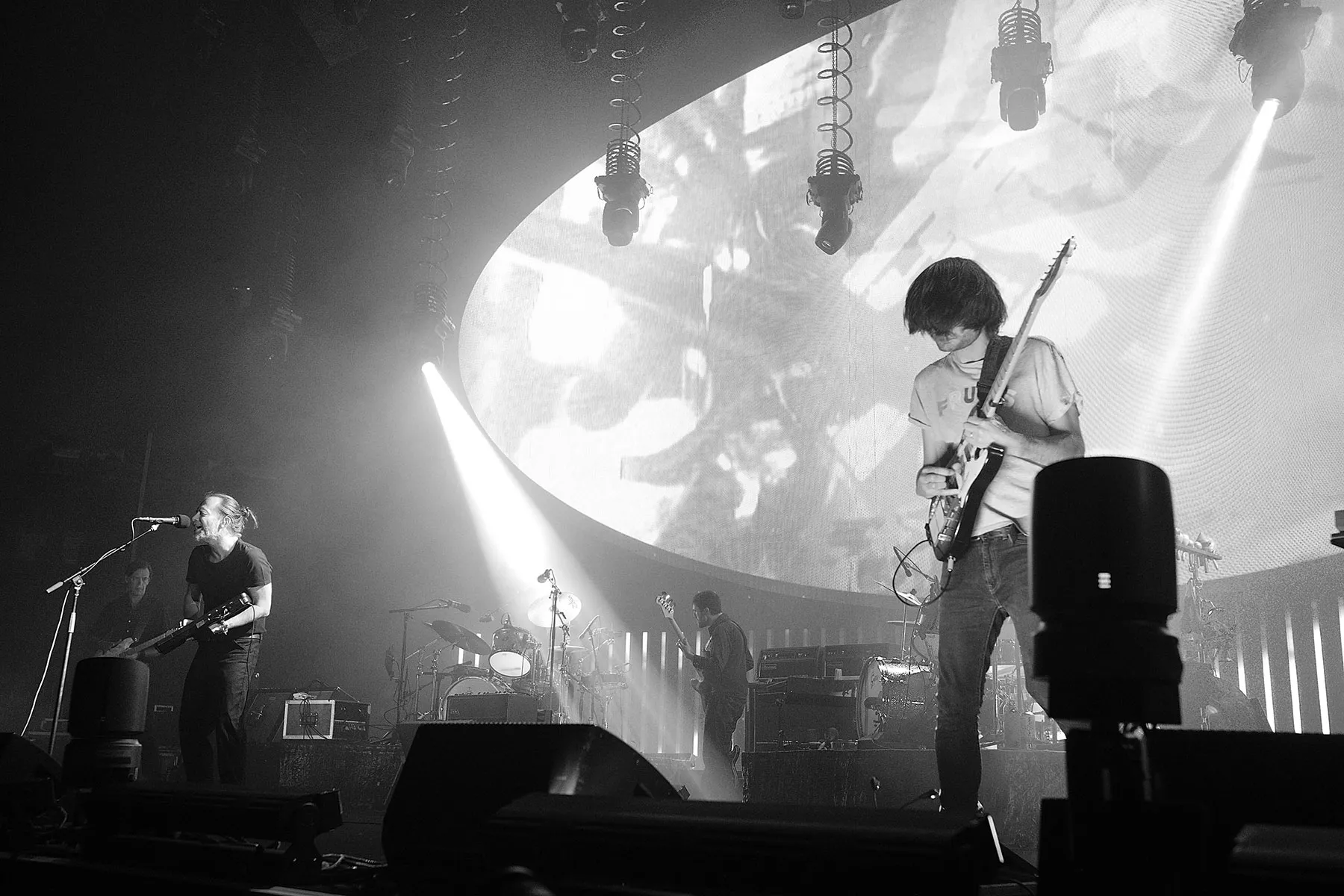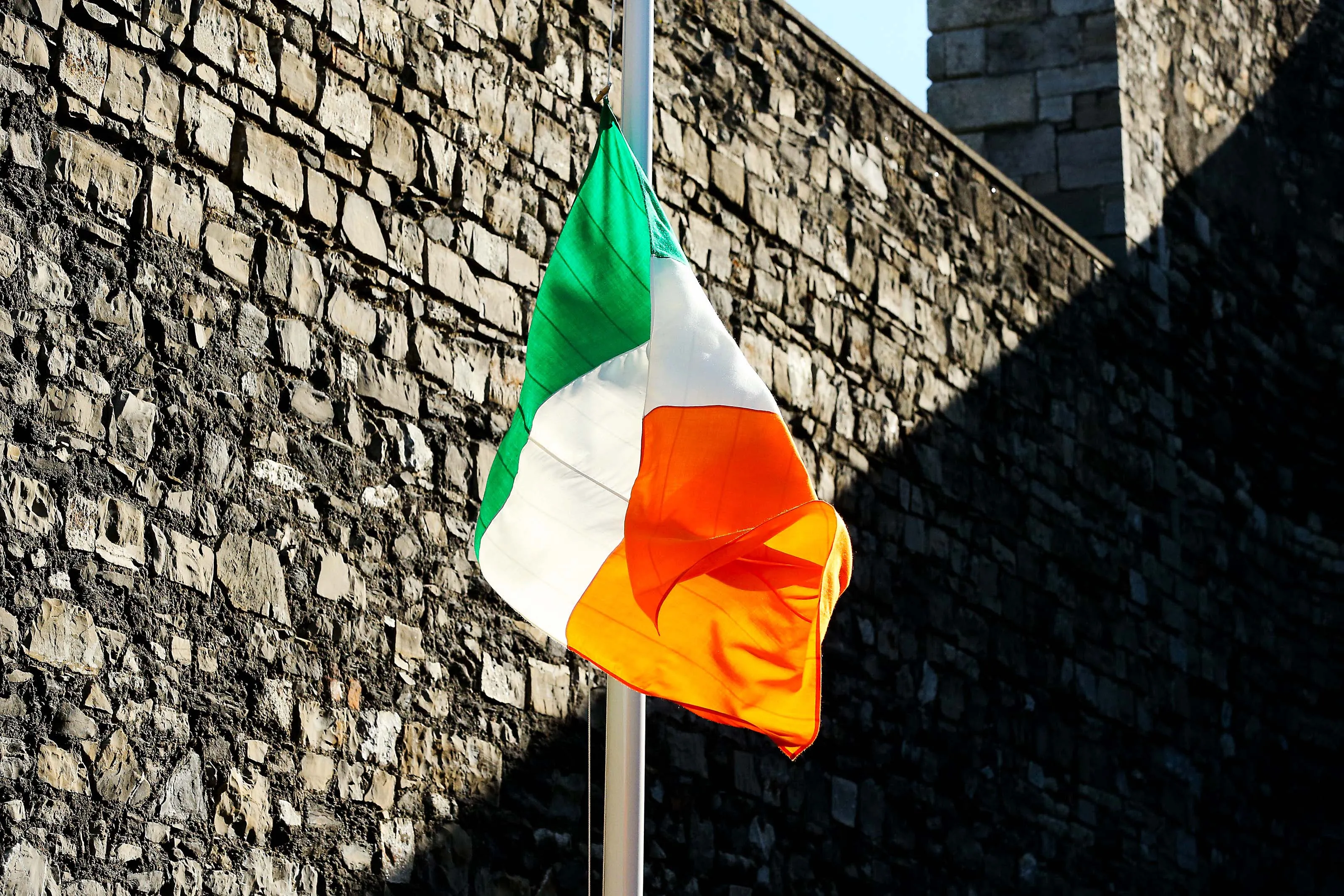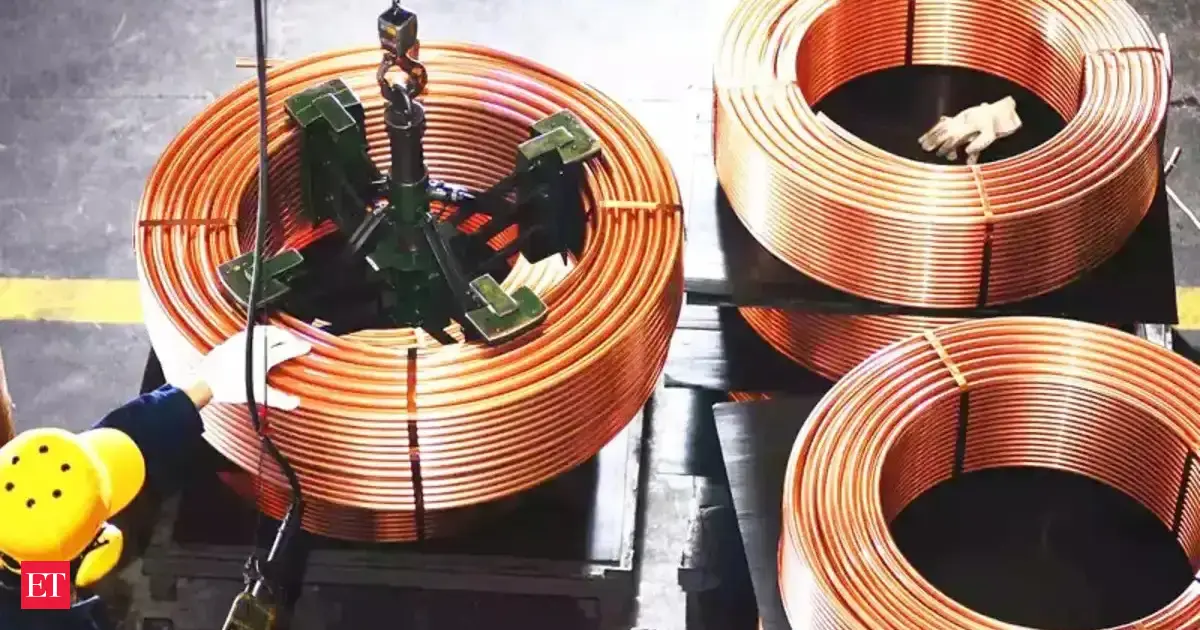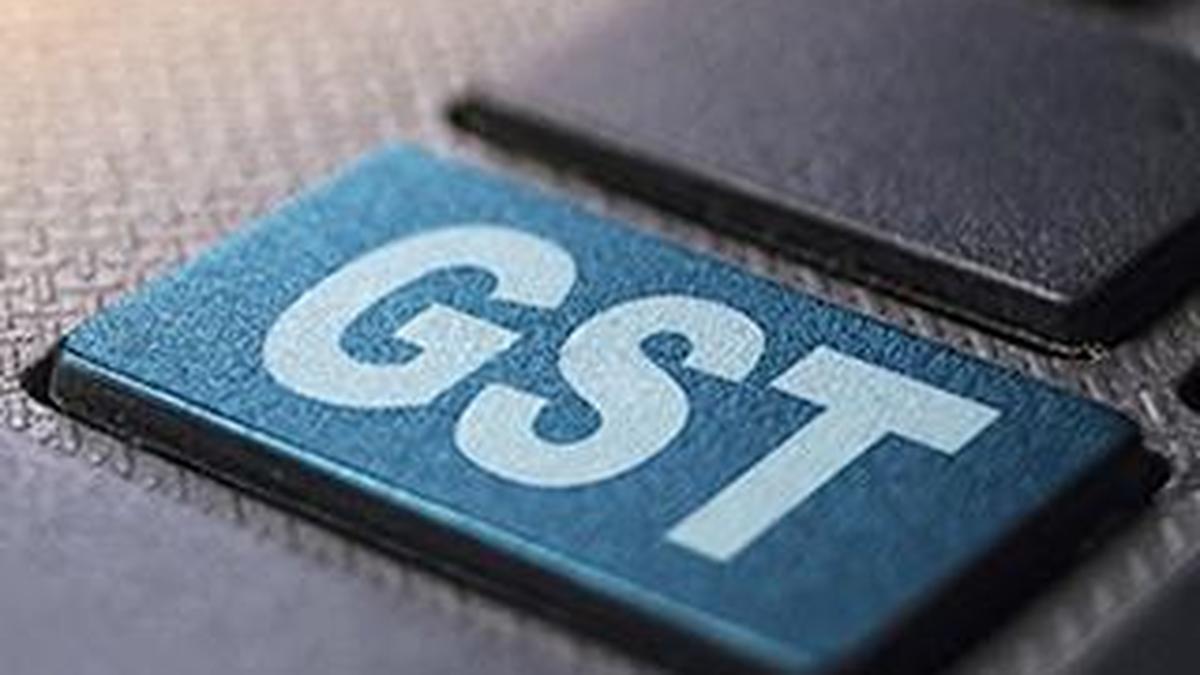Copyright standard
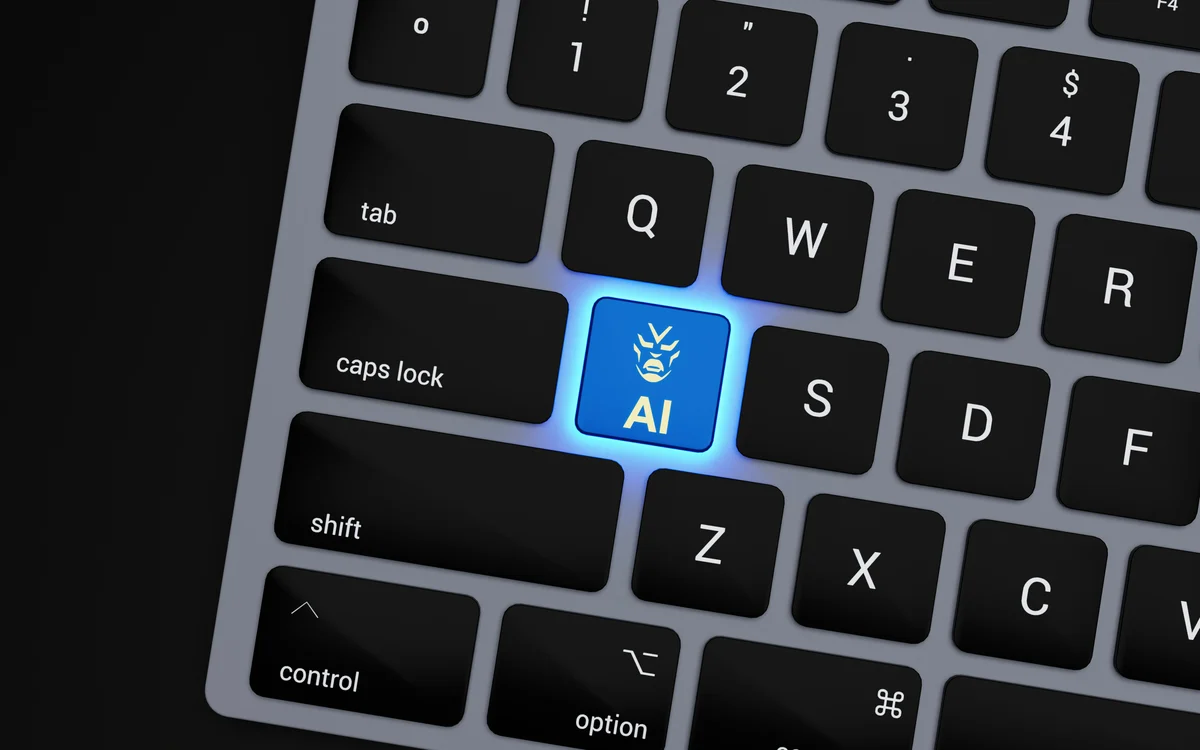
The figures are truly mind-boggling. Google is upping its spend on AI data centres this year from $64 billion to $70bn. Microsoft has spent $35bn on growing AI in three months, an increase of $5bn from what investors were told to expect. Meta will have committed $70bn by the end of the year, also on AI, double last year’s total. Amazon is likewise promising to be “very aggressive” on expanding its AI presence, putting aside $125bn, with an even higher outlay due in 2026. The bros are involved in a testosterone-fuelled, power-lifting contest on steroids. Money is seemingly no object in their headlong race to the summit. Or should that be to the bottom? Google, Microsoft and Amazon say they are driven by not having enough computing capacity to meet customer demand. Meta is matching them, bringing the 2025 bill for just these four alone to $360bn. While they continue to splash hundreds of billions of dollars, fears are rising as to where this is taking them — and the rest of us. Below these muscular giants is a whole raft of lesser businesses, equally determined to be in the competition. Crucially, they, unlike the super-rich brethren, must frequently resort to borrowing to fund their tech development bills. That’s fine, provided they ultimately succeed and can repay their backers. Fail, though, and catastrophe beckons. Win or lose. That’s it. Succeed, and the profits are off the scale, hence the massive downpayment. Fail, and those left nursing the cost are the investors who dreamt of sharing untold riches. Right now, it’s hard to tell where this will end. So much so that experts are genuinely scared. A lot is going in, increasingly so, with little coming out. There is no sign at present of when those backers can expect to see cash. For folks with memories — not that lengthy as it happens — this is all eerily reminiscent of 2000 and the dot-com crash. Back then, the craze was for anything bearing “.com” after its name. E-commerce was the thing. Replicate what bricks and mortar stores were doing, but online, and you were on to a winner. At least that was the theory. It was easy. They assumed they would prevail. The clever, geeky founders, often armed with their sets of initials from MIT and Stanford, did not properly research the market. They did not map out fully scoped business plans. The subsequent meltdown wiped $1.755 trillion off internet stocks. Subsequent company scandals, including Enron, and the 9/11 terror attacks, added to a stock market haemorrhage, which by the end of 2002 had consumed $5tr. Hundreds of companies worldwide went to the wall; workers everywhere paid the price, with their jobs. Today, the Bank of England’s financial policy committee is warning that “the risk of a sharp market correction has increased”. The bank’s language is typically couched — “sharp correction” is another way of saying frightening plunge. In its understated manner, the bank also wrote: “This is a fast-evolving topic, and the future is highly uncertain.” That is code for the scariest market phenomenon: a bubble. American hedge fund billionaire Paul Tudor Jones was forthright: “All the ingredients are in place for some kind of a blow off. History rhymes a lot, so I would think some version of it is going to happen again. If anything, now is so much more potentially explosive…” The world’s leading commercial banker, Jamie Dimon, confesses to being “far more worried than others”. Dimon, head of JP Morgan, said: “I would give it a higher probability than I think is probably priced in the market and by others. So, if the market’s pricing in 10 per cent, I would say it is more like 30 per cent.” Then, it was dot-com that meant everything; today it is the letters AI which signify the presence of genius and gold — or not. Business valuations have soared, as they did in 2000, on the basis of a spectacular payday. One company, Nvidia, which makes the processors that drive AI, is currently worth $5.05tr. Nvidia is one of the “Magnificent Seven” — with Alphabet, Amazon, Meta, Tesla, Apple and Microsoft — that together make up more than 35 per cent of the S&P500. The US share index accounts for the lion’s share of the world’s stocks. That’s how exposed we are — in our companies, employment, pensions — if the headlong AI charge does not start yielding the predicted fruits. It was identical in dot-com. Investors hear the forecasts and absorb the smooth patter, but in the end, regardless, they always want a return or their advance repaid with interest. That’s what lies behind the present mounting anxiety: that fortunes are pouring into AI with, so far, not much commensurate reward. Meanwhile, the international backdrop is one of fragility and uncertainty. Tariffs wars are still being negotiated, costs are rising, supply chain issues abound, protectionism is rearing its head and energy worries are widespread. Shadow banking, the use of private credit rather than traditional banking, is provoking consternation. Those promoting tech say this does not represent a re-run, that should one domino topple, the remainder will remain standing; that the contagion would be contained. They argue that while cash has been borrowed to fund AI, the amount of debt is not proportionally so high as the levels that were allowed to build up immediately prior to the 2000 plummet. There is an admittance in some AI quarters that there may be losses and they could be major, but AI will nevertheless deliver huge gains to society, that this somehow will be a “good bubble”. That might well be so, but the price of getting there may yet be terrible.
